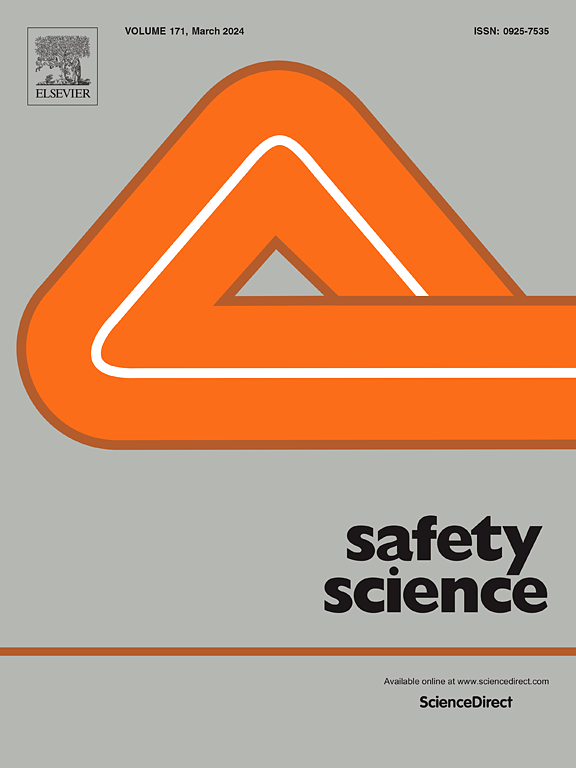Private entity perspective in cost-benefit analysis of safety interventions for passenger ships and the importance of indirect costs – A critical literature review
IF 5.4
1区 工程技术
Q1 ENGINEERING, INDUSTRIAL
引用次数: 0
Abstract
The key issue in cost-benefit analysis of safety interventions is the valuation of benefits, which are typically taken as the marginal averted costs of accidents, which can be divided into direct and indirect costs. The insured direct costs are generally recognized but do not provide significant incentive for investment in safety, which makes the consideration of the uninsured indirect costs crucial in assessments conducted by private entities. This study aims to identify the extent to which the private entity perspective has been present in the existing published academic literature on cost-benefit analysis of safety interventions for ships, based on consideration of indirect costs. An additional aim is to establish an understanding of the relevant types and scale of possible indirect costs arising from major passenger ship accidents. The conducted review revealed that the private entity perspective has not been considered in the reviewed shipping-related literature. Research from other applicable fields indicate that indirect costs arising from major passenger ship accidents can materialize in varying forms, but reputational damage could represent the single highest cost item. Major passenger ship accidents can also be assumed to be susceptible to high indirect costs based on the various predisposing traits of the industry.
客船安全干预的成本效益分析中的私人实体视角和间接成本的重要性-一篇重要的文献综述
安全干预措施成本效益分析的关键问题是效益的评估,通常将效益视为事故的边际避免成本,可分为直接成本和间接成本。投保的直接费用一般得到确认,但没有为安全投资提供重大激励,这使得在私营实体进行评估时考虑未投保的间接费用至关重要。本研究旨在确定在考虑间接成本的基础上,现有发表的关于船舶安全干预的成本效益分析的学术文献中,私人实体视角的存在程度。另一个目的是建立对重大客船事故可能产生的间接成本的相关类型和规模的理解。进行的审查表明,在审查的与航运有关的文献中没有考虑到私营实体的观点。其他适用领域的研究表明,重大客船事故产生的间接成本可以以不同的形式体现,但声誉损害可能是成本最高的单一项目。基于客船行业的各种易感性特征,也可以假设重大客船事故容易受到高间接成本的影响。
本文章由计算机程序翻译,如有差异,请以英文原文为准。
求助全文
约1分钟内获得全文
求助全文
来源期刊

Safety Science
管理科学-工程:工业
CiteScore
13.00
自引率
9.80%
发文量
335
审稿时长
53 days
期刊介绍:
Safety Science is multidisciplinary. Its contributors and its audience range from social scientists to engineers. The journal covers the physics and engineering of safety; its social, policy and organizational aspects; the assessment, management and communication of risks; the effectiveness of control and management techniques for safety; standardization, legislation, inspection, insurance, costing aspects, human behavior and safety and the like. Papers addressing the interfaces between technology, people and organizations are especially welcome.
 求助内容:
求助内容: 应助结果提醒方式:
应助结果提醒方式:


